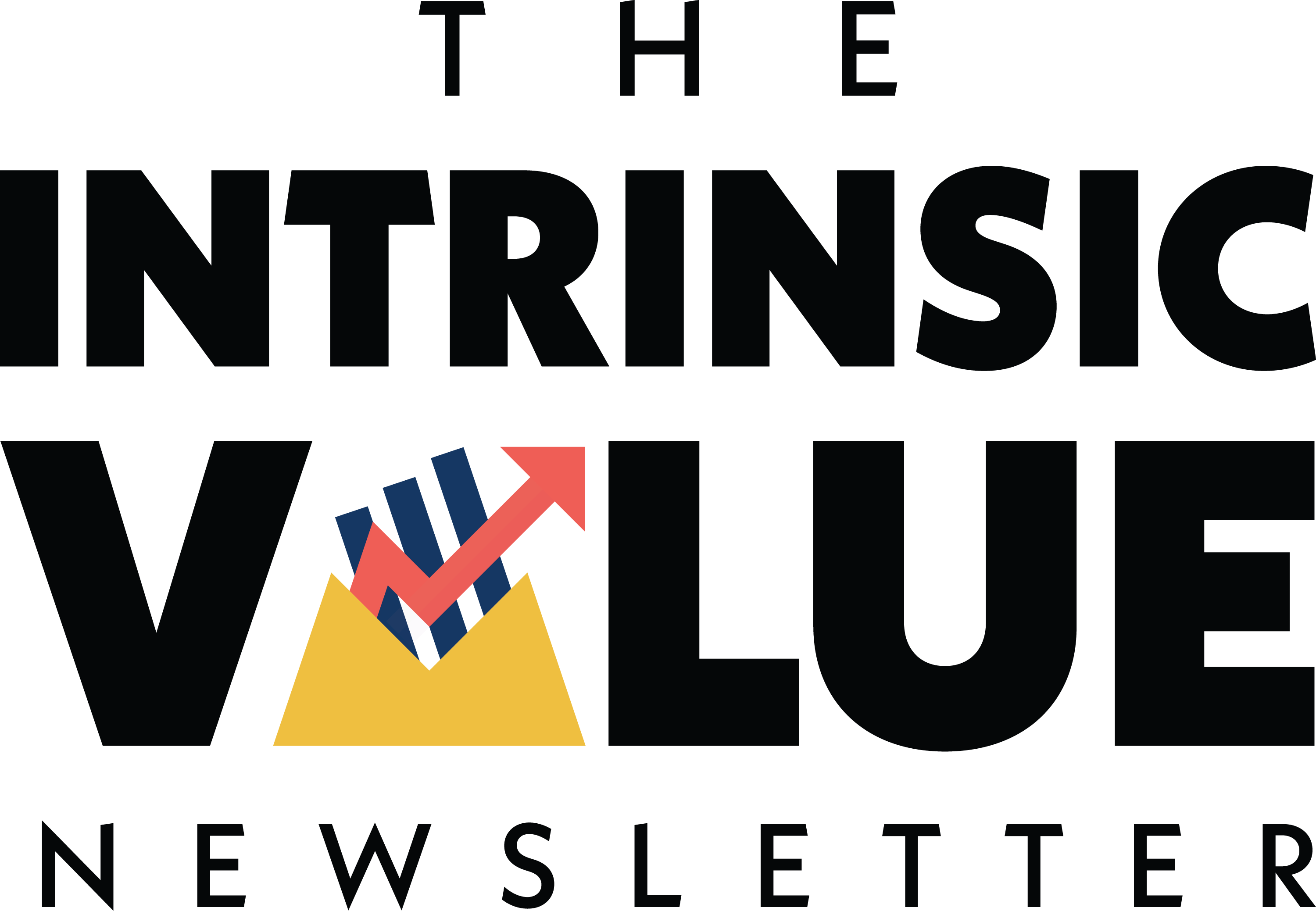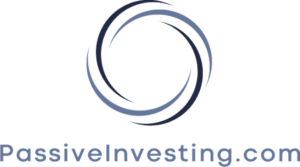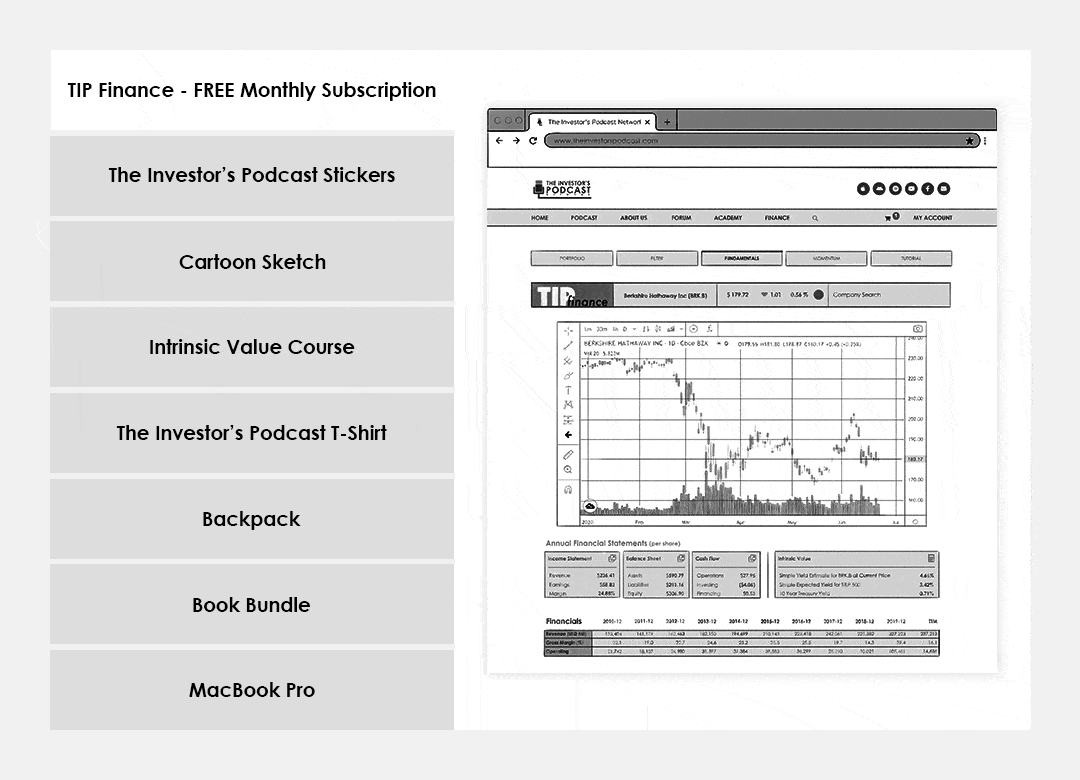Turbocharged Value Investing
16 August 2022

Hi, The Investor’s Podcast Network Community!
Hope you’re having a great Tuesday and welcome back to We Study Markets!
Stocks ended slightly higher Monday, as oil prices fell and investors processed gloomy news regarding China’s growth.
Investors will be eyeing key retail earnings reports from Walmart and Home Depot this week. Many continue to have doubts if the recent rally will continue.
Here’s the market rundown for today:

*All prices as of this morning
Today, we’ll discuss the latest numbers from the housing market, expectations of inflation cooling, and two profitable investment strategies —structured value investing and factor investing.
All this, and more, in just 5 minutes to read.
Let’s do it! ⬇️
IN THE NEWS
🎢 Third Point Buys Disney Stake and Pushes for ESPN Spinoff (CNBC)
Explained:
- Hedge fund manager Dan Loeb, of Third Point, has taken a $1 billion stake in Disney, and he’s pushing for the company to spinoff ESPN and to buy the rest of Hulu from Comcast. Shares jumped 2% on the news.
- “ESPN would have greater flexibility to pursue business initiatives that may be more difficult as part of Disney, such as sports betting,” Loeb said.
What to know:
- Because of ESPN, Disney makes more money from cable subscribers than any other company.
- The company is coming off a strong second quarter, with its streaming subscriber growth blowing past estimates. Better-than-expected results on both the top and bottom line were posted as consumers increased spending at the domestic theme parks.
🥶 Traders Bet That Inflation Will Cool Quickly (WSJ)
Explained:
- Following last week’s more favorable inflation report capturing the month of July, traders are betting that price increases will start cooling off quickly, and so will the Fed’s rate hikes. This is reflected by the Fed-Funds futures market, where the odds of a 0.5% rate increase in September now exceed the previous assumption that a 0.75% increase would transpire.
- This same futures market also indicates that participants expect the Fed to begin cutting rates in the first half of next year, which stands in stark contrast to statements from a number of Fed members in recent weeks. Falling inflation, and correspondingly, falling interest rate expectations, have fueled a speculative rally in long-duration assets like tech stocks that boomed in the low-rate environments of 2020 and 2021.
What to know:
- Over the next 12 months, derivatives markets appear to be discounting a high probability that inflation will be approximately 3.3%, though this would be a monumental slowdown compared to the inflation rate over the past 12 months which was almost three times faster.
- While one-year forward inflation expectations this time last year were wildly off, circumstances have certainly changed this time around, with the Fed’s rate hikes rippling through the economy.
- Surveys of Fed policymakers indicate that they expect its policy rate to rise to between 3.5% to 3.75% by late next year, with some anticipating it to go as high as 4.4%, but markets believe the cycle will peak at 3.2% next Spring. Should the Fed actually commit a “dovish pivot”, as appears to be expected, this would likely be a huge boon for financial asset prices.
👎 More Evidence For Team Recession (Reuters)
Explained:
- A U.S. single-family home builders’ confidence index and New York state factory activity index fell to their lowest levels in recent years in August.
- The National Association of Home Builders/Wells Fargo Housing Market Index declined for its 8th consecutive month and notched its lowest read since 2014. Rising construction and mortgage costs are largely the explanation, according to the NAHB. Expectations for home sales indicate a decline in the coming months.
What to know:
- A New York Fed survey known as the “Empire Index” highlighted that the state’s manufacturing sector was now in contraction. Delivery times, unfilled orders, and prices paid all dropped meaningfully for manufacturers according to the survey.
- None of this rings as great news for those hoping that the Fed can raise rates without inducing a recession.
- On the bright side, Daniel Silver of JPMorgan says in response to the NY Fed survey, “this suggests that supply chain issues have eased noticeably, although this likely at least in part reflects weakening demand.” The economy may be or may not be broadly slowing down, but at least supply chain woes appear to be unraveling.
FEATURED SPONSOR
Warren Buffett doesn’t just buy a company’s stock based on its financials. He also looks for great management teams. You need to be like Buffett when investing passively in real estate. Get access to the free 7 Red Flags for Passive Real Estate Investing guide to learn what to look for in a deal’s management team.
DIVE DEEPER: MATTHEW PETERSON’S STRUCTURED VALUE INVESTING

Can options be useful tools for value investors?
Well, for Matt Peterson, they have been a key part of his investing philosophy, which he calls structured value investing. He claims that he never pays retail prices for a security and hasn’t used a traditional exchange to buy stocks since 2005 by implementing a straightforward options strategy.
Matt runs a concentrated, long-term value fund at Peterson Funds. Like many value investors, Peterson is looking for the best businesses run by outstanding management at great prices, hopefully selling at a discount to intrinsic value.
His stringent criteria leads to a very concentrated portfolio and eliminates most potential investments. He typically holds between just 10 and 15 positions in his fund.
What is structured value investing?
Structured value investing is a two-step process. As we said, Peterson first finds companies he wants to own currently selling at an attractive price.
He then adds a second step to implement his strategy: go to the Chicago Board of Exchange and write (sell) a cash-secured put on the underlying stock that he already wanted to buy.
A put gives you the right, but not the obligation, to sell a stock at a predetermined price (the strike price) and a predetermined date. For this right, the put buyer pays the seller a sum of money called a premium.
By writing the put, Peterson collects the premium from the buyer of the put and lowers his cost basis on stocks he already wants to add to his portfolio. The strategy eliminates the need to use limit or market orders.
It’s important to understand when volatility is high, Peterson says investors can get high premiums from selling puts because the demand to buy puts is much higher than the demand to sell these contracts. During market chaos when fear and uncertainty run high, structured value investing works particularly well.
After the expiration of the put contract, you ideally want the shares put to you. If not, you still collect and keep the premium which lowers your cost basis and adds in a margin of safety through collecting the premium.
In Practice
Let’s dive into a real example in Peterson’s portfolio with Seritage Growth Properties, which we covered here:
Earlier this summer, Seritage was selling at $10 per share, and let’s say, we believe it’s worth $25. Instead of buying it at a market order of $10, we can go to the Chicago Board of Exchange and write a put contract committing to buy the stock at $10 at any point eight months from now.
A premium of $2.50 was available at that time for a $10 strike price expiring in eight months. By selling the put contract, we collect $2.50 of premium, and hold $7.50 in cash that’s set aside if the stock is put (sold) to us. The option will either be “in the money” or “out of the money” at the end of the contract.
If they are out of the money and above our $10 strike price, the option will expire, and we will keep our $2.50 of premium paid to us. In this case, we made 33% over eight months from our $2.50 premium against the $7.50 in cash we had set aside.
Ideally, the shares decline a little below the strike price to around $9 per share. We now have the opportunity to buy for $10, but our net cost will be $7.50 because $2.50 of premium reduced our cost basis. So, we can buy the underlying position for less than the current market price.
Let’s assume our analysis is correct and Seritage climbs to $22.50. Instead of buying for $10, which would have led to a 125% return, our strategy allowed us to purchase at $7.50, which is a 200% return.
Four Possible Outcomes
Investing is filled with uncertainty, and this approach doesn’t always work out as we hope. There are four possible scenarios of how it could unfold:
- Our analysis is wrong, and the shares go all the way to zero. Instead of buying at $10, we bought at $7.50, so we’d experience the worst possible outcome, but not as bad if we did a market order and didn’t implement the options strategy.
- Ideally, the shares decline just below the strike price, and the stock is put to us, but we pay less than the current market rate due to our collection of premium. And then the stock resumes its climb to our target price.
- If the stock closes just above the strike price, say at $11 per share, the option expires worthless, but we still keep our $2.50 of premium and make 33% during the eight months.
- The second worst outcome is our analysis was correct, and the stock takes off to our target zone without us ever having the stock put to us. We still make 33%, but it hurts to have been right only to have missed out on a huge upside gain.
Peterson also sells call options to exit a position. If Seritage were to run above the target price to $30, he would write an out-of-the-money call option, with a strike price of $35, for example. He would collect $5 of premium, and if the shares went up above $35, his shares would be called and sold at $35, but his net proceeds would be $40 per share.
With this structured value strategy, we are buying shares at $7.50 instead of $10 and selling at $40 instead of $35. This results in a significant increase in our rate of return on the position.
Added Benefit
Structured value investing has another benefit: it forces you to buy during downturns when it can be very hard to pull the trigger due to negative emotions. The option strategy forces a purchase when you otherwise might feel too uncomfortable to proceed with action.
Structured value investing utilizing options is not without risks and is generally a strategy for a more sophisticated investor that understands the nuances of the options market. That said, taking the time to learn Peterson’s strategy can add significant gains to your portfolio returns.
WHAT IS FACTOR INVESTING?
The term factor investing gets thrown around a lot, but what does it really mean?
Let’s break it down.
Explained
Factor investing is a strategy based on exploiting what’s known as “factor premiums” in markets. These are persistent trends that have been academically shown to typically outperform market averages for extended periods of time.
A common factor premium is the value factor, which refers to the relative outperformance of securities priced cheaply with respect to their fundamental value, as reflected by low price-to-book or price-to-earnings ratios.
Other factors range from size (small cap vs large cap) to momentum (stock prices that are trending up or down more than the averages) to liquidity (volume of trading for a stock) to quality (credit rating, high returns on equity, low debts on balance sheet etc.).
Factors are, in some sense, the building blocks that explain your returns. They’re the characteristics of an investment that correspond to an underlying market reality that allows you to earn a return in excess of the risk-free rate (short-term U.S. government bond yields).
In fact, studies have shown that returns among professional money managers are often driven more by their varying exposures to underlying factors rather than actual skill, or “alpha”, in Wall Street parlance.
Wrapping it up
This raises serious questions as to whether most fund managers deserve the fees that they charge. The short answer, in our opinion, is probably not.
The factor style of investing represents an alternative school of thinking to classic active stock-picking or index-based passive investing, and many well-known factors are not just theoretical.
They’ve actually been proven to work in practice.
For factor investors, they seek to maximize their exposure to factor premiums in targeted ways so as to construct a fully optimized portfolio based on their desired risk level, as measured by volatility.
This approach isn’t for everyone, and we aren’t necessarily endorsing it entirely, but for the curious investor, studying this market perspective is sure to provide useful takeaways.
To learn more, checkout this great resource.
SEE YOU NEXT TIME!

That’s it for today on We Study Markets!
See you tomorrow!
If you enjoyed the newsletter, keep an eye on your inbox for them on weekdays around 12 pm EST, and if you have any feedback or topics you’d like us to discuss, simply respond to this email.








